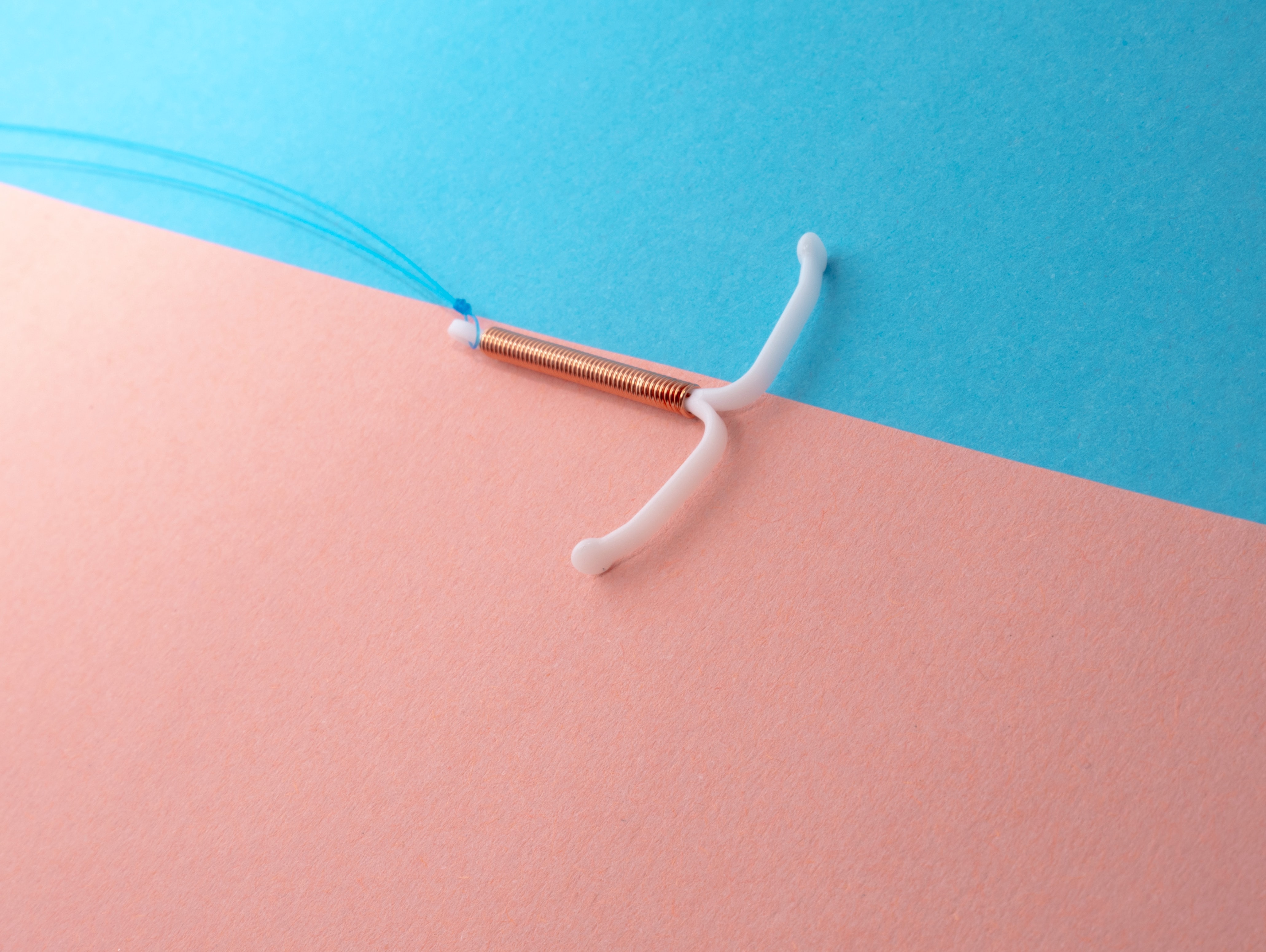Media release
From:
The research work of four graduating students from Griffith University, Dr Sarah D’Arcy, Dr Chester Cao, Dr Steve Ahn, and Dr Victoria Allan along with their supervisor Associate Professor Alireza Ahmadvand have been published in the peer-reviewed, open-access journal, Digital Health.
Using Medicare data, the team showed that nationally, the average yearly rates of intrauterine device insertion increased noticeably by 12-18% in 2020-21 when compared to 2018-19, despite multiple, extended lockdowns due to COVID-19 pandemic.
The highest monthly intrauterine device insertion rate was seen in March 2021 (37 per 100,000 population).
Using Google Trends data, the team also found that early on into the pandemic, by June 2020, Googling about intrauterine device-related topics increased dramatically by more than 50%.
More importantly, population level analyses showed that there was a moderately strong and positive correlation between Googling about intrauterine devices and actual intrauterine device insertion rates, with increase in Googling being sometimes a few weeks behind increase in intrauterine device insertion.
The above graduating students presented the preliminary results at the Royal Australian College of General Practitioners – Queensland (RACGP QLD) 62nd Clinical Update Weekend
Research Plenary and won the prestigious Medical Student Research Medal Prize. Then, the team published their work in the peer-reviewed, open-access, high-impact Digital Health journal.
The research was focused on understanding the impact of the COVID-19 pandemic and its related lockdowns on the rates of long-acting reversible contraceptive utilization, plus interest in seeking information about long-acting reversible contraceptives.
This required collecting data on Medicare service utilization rates and Google search data, before and during COVID-19 pandemic, to assess for trends and correlation.
The uptake of long-acting reversible contraception continues to grow in Australia and this research demonstrated that Googling about intrauterine devices could, therefore, be a useful indicator to gauge future interest in actual intrauterine device insertion for months thereafter.
The article, “Trends of intrauterine device insertion and ‘Googling’ about intrauterine devices before and during the COVID-19 pandemic in Australia”, by Sarah D’Arcy et al., is published in peer-reviewed Digital Health journal.
Expert Reaction
These comments have been collated by the Science Media Centre to provide a variety of expert perspectives on this issue. Feel free to use these quotes in your stories. Views expressed are the personal opinions of the experts named. They do not represent the views of the SMC or any other organisation unless specifically stated.
Associate Professor Alex Polyakov is a Clinical Associate Professor in the Faculty of Medicine, Dentistry and Health Sciences at the University of Melbourne and is a Medical Director at Genea Fertility Melbourne
As a women's health specialist, I am pleased to see the recent study conducted by a team from Griffith University using Medicare data which showed that the average yearly rates of intrauterine device (IUD) insertion increased by 12-18% in 2020-21 compared to 2018-19. Despite multiple lockdowns due to the COVID-19 pandemic, the highest monthly IUD insertion rate was observed in March 2021. Additionally, the team found that Googling about IUD-related topics increased dramatically by over 50% early in the pandemic, with a positive correlation between searching for information on IUDs and actual IUD insertion rates.
I find the results of this study to be significant as it highlights the continued growth of long-acting reversible contraception in Australia and the potential for Google search data to be a useful indicator of future interest in IUD insertion. This study provides valuable insights into the impact of the COVID-19 pandemic on the utilization of long-acting reversible contraceptives, and the importance of increasing accessibility and awareness for women to make informed decisions about their reproductive health.



 Australia; QLD
Australia; QLD


